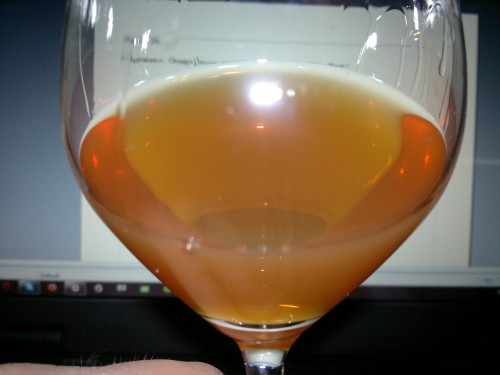 Once in a while, having a wine in one of our fine dining rendezvous is not over spending. The very fact that you considered fine dining in the first place already meant spending a lot. It’s not at all bad, as long as you’re financially prepared.
Once in a while, having a wine in one of our fine dining rendezvous is not over spending. The very fact that you considered fine dining in the first place already meant spending a lot. It’s not at all bad, as long as you’re financially prepared.
Back to the wine topic, it’s not always a guarantee that when you’re dining at an expensive restaurant, there is no chance of getting a “bad” wine. Factory defects are inevitable and sometimes these things just pass through the keen quality assurance team of the food establishment.
You don’t have to become a wine enthusiast to distinguish a spoiled one. First is the appearance. If you ordered red wine and it appeared brownish, most probably there’s something wrong. The taste should not be too acidic or vinegar like. It’s an indication that the wine is oxidized during fermentation thus gave way to the propagation of acetobacter, the wine bacteria and it has produced too much acetic acid and ethyl acetate. It’s pretty normal to taste a little bit of sharpness in the throat because of the acetic acid but it shouldn’t reach the undesirable state.
These things happen when the enemies of wine was able to pass through its barrier. These are oxygen and heat. Wines should be kept in cool places (not more than 10 degrees Celsius) and the oxygen should be kept out of the bottle as much as possible.
Conclusions shouldn’t also be brought out right away. Not because you the taste of the wine during the Sonoma wine tasting event the other day differs from the taste of the wine you ordered today, it would already mean it’s spoiled. Check the label, maybe you ordered the different one or the waiter gave you the wrong one. Let’s be just be observant and keep our critical thinking intact at all times.
Leave a Reply